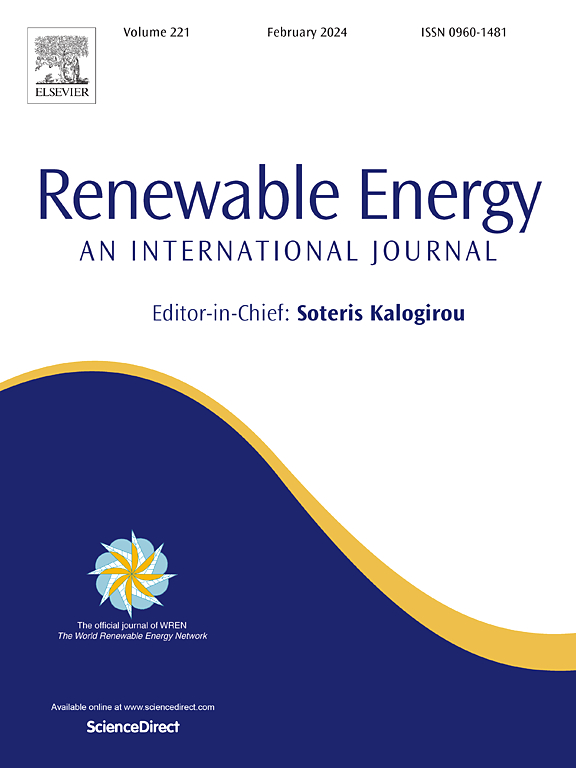Advances in the location and repairing of ribbon interruptions in photovoltaic modules
IF 9
1区 工程技术
Q1 ENERGY & FUELS
引用次数: 0
Abstract
One of the most frequent failures in PV modules is the total or partial interruption of ribbons that connect the cells in the module. In the case of modules with cells that have two ribbons on their surface, it is possible to distinguish between single interruptions (affecting only one ribbon of a cell) and twin interruptions (affecting both ribbons of a cell). In the case of repairing twin interruptions, it is possible to restore a significant part of the expected power, according to the nominal values of the module, which in modules with three diodes is in the order of a multiple of 1/3 of the nominal module power. In the case of repairing single interruptions, the recovered power reaches more modest values, up to 6 percentage points of the power prior to the repair. This article also shows the benefits to module fill factor depending on the repairs made and discusses metastable interruptions and the occurrence of new interruptions that can occur after initial repairs are made. A classification of single interruptions is proposed based on their type, and several methods to determine their location are described, highlighting one in particular for its simplicity and low cost. Finally, the relevance of carrying out a total repair (twin and single interruptions) or a partial repair (twin interruptions only) is discussed.
求助全文
约1分钟内获得全文
求助全文
来源期刊

Renewable Energy
工程技术-能源与燃料
CiteScore
18.40
自引率
9.20%
发文量
1955
审稿时长
6.6 months
期刊介绍:
Renewable Energy journal is dedicated to advancing knowledge and disseminating insights on various topics and technologies within renewable energy systems and components. Our mission is to support researchers, engineers, economists, manufacturers, NGOs, associations, and societies in staying updated on new developments in their respective fields and applying alternative energy solutions to current practices.
As an international, multidisciplinary journal in renewable energy engineering and research, we strive to be a premier peer-reviewed platform and a trusted source of original research and reviews in the field of renewable energy. Join us in our endeavor to drive innovation and progress in sustainable energy solutions.
 求助内容:
求助内容: 应助结果提醒方式:
应助结果提醒方式:


